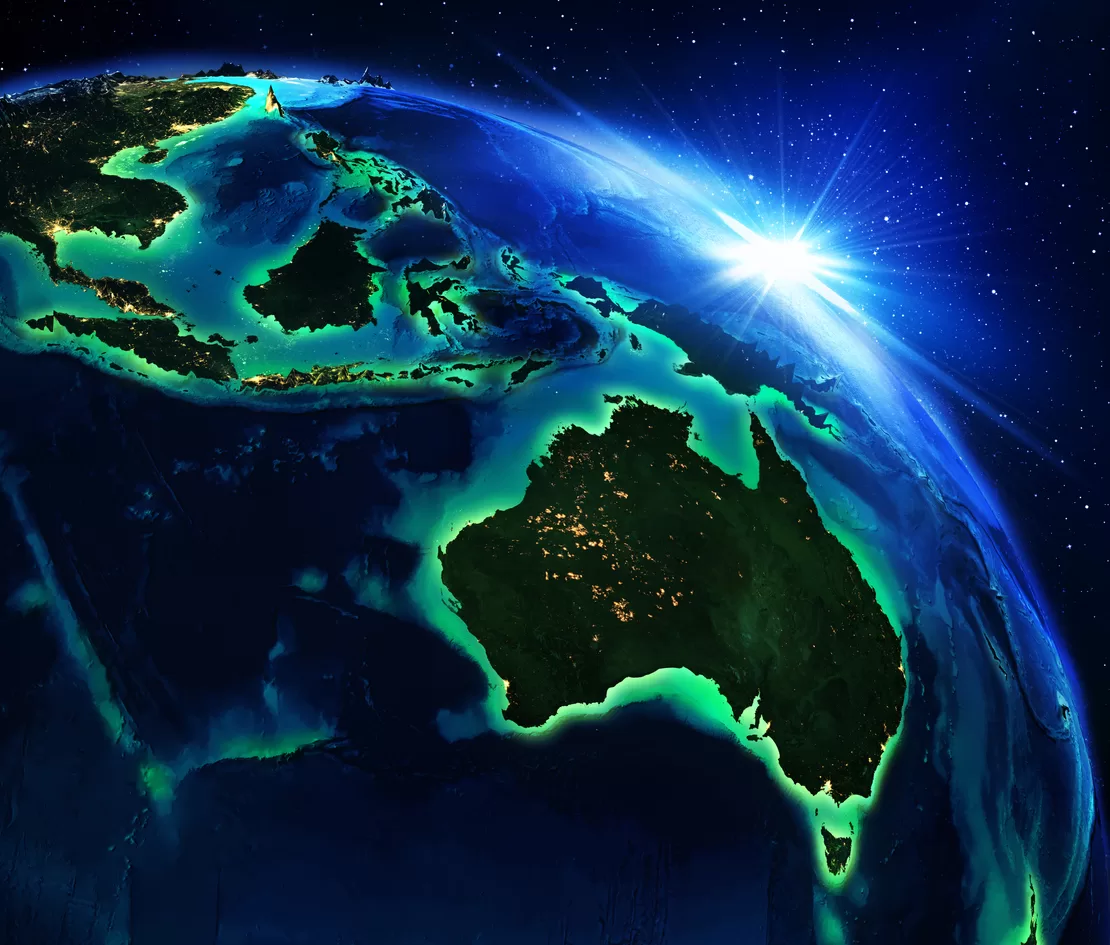
Guest contributor Alexander Bukh provides an academic perspective on the power shifts that are shaping the Asia-Pacific region, which is the key focus of the upcoming QS Subject Focus Summit.
In the aftermath of the Cold War and the collapse of the Soviet Union, the US became the sole superpower with no other state capable of challenging its economic and military predominance.
Today, the US may still be enjoying the status of a superpower but the decline of its uncontested hegemony is beyond doubt.
In 2010, China surpassed Japan to become the world’s second largest economy. Some economists predict that in the 2020s, China’s GDP will surpass that of the US, becoming the world’s largest economy.
China’s ongoing military modernization has been increasingly seen as a major challenge to the US defense establishment.
The effects of China’s rise are global, but it’s in the Asia Pacific that China’s newly gained economic, military, and political prowess has been most profoundly felt.
Tensions in the South and the East China seas and perceived trade dependence on China are just a few examples.
Today, the rise of China and the various transformations that accompany it top the agenda of policy makers in other countries in the Asia Pacific and scholars of regional politics.
China’s impressive gains pose several important questions, the answers to which will help us understand the present and future international order, both as a whole and within the Asia-Pacific region.
First of all, when thinking about the power shift from the US to China and its implications we need to think about the exact meaning of power in today’s world.
Is power still determined solely by the country’s economic and military capabilities, or, alternatively, is it the ability to attract others, the soft power, that is of utmost importance?
Some pundits argue that despite the recent decline in US soft power, it is still the sole beholder of true power in the region.
Regardless of whether we define power in strictly military and economic terms, or add the “soft” element to the equation, there is little doubt that the nature of today’s power relations between the two great powers, and the implications of their competition, are fundamentally different from the Cold War rivalry.
The Cold War was as much about ideology as it was about military and economic competition. Contrastingly, China is not seeking to challenge the main ideological underpinnings of the liberal international order.
To the contrary, these days it seems that China is more enthusiastic than the US about promoting free trade and international cooperation.
Unlike the US, China remained committed to the Paris Climate Agreement and as a result of an extensive investment in green technology, it’s on its way to becoming the world’s renewable energy superpower.
These developments suggest that the possibility of China taking a leading position in an international order created by the US and its allies is not as farfetched as it may seem.
Furthermore, while the Cold War divide was both political and economic with most of the trade happening within each of the camps, this is not the case today.
Despite the mutual suspicion and the ongoing trade war, US and China remain each other’s largest trading partners, with their respective economies being deeply intertwined. This separation between politics and the economy can be witnessed throughout the Asia-Pacific region.
Take South Korea, for example. It has a longstanding and close military alliance with the US. At the same time, China is its largest trading partner, in 2018 buying 26.8% of South Korea’s exports with the US coming second with only 12.1%.
Or consider Japan, another important ally of the US in the region. Japan has a territorial dispute with China and considers it as its top military threat, greater than North Korea.
At the same time, China tops the list of Japan’s export destinations. Japan is also the second most popular tourist destination for Chinese tourists whose impressive spending even led to the creation of a special term for it in Japanese.
Another important point to consider is the unprecedented proliferation of regional organizations and multilateral forums.
In the Mekong sub-region alone, for example, there are 12 multilateral cooperation mechanisms which include some or all of the Mekong riparian states and countries from outside the region such as the US, Japan, India, Australia, and New Zealand. As much as tools of cooperation, these mechanisms can be seen as vehicles for competition among powers for greater influence in the region.
As such, the power shifts and the nature of international competition and cooperation that accompany it are unprecedented in their complexity.
Lessons that can be drawn from recent history to help us in understanding the ongoing dynamics are few. The QS Subject Focus Summit, hosted in Wellington, New Zealand will bring leading academics and policy makers together to explore different perspectives on the changing geopolitical dynamics of the Asia-Pacific region.
In the face of rising power rivalries, how are regional relationships and institutions evolving? How can small states maintain their influence and autonomy in more unstable times? What is the role of middle powers? How does the shifting balance of power effect policy making over non-traditional security issues like migration, climate change, and people trafficking? These are some of the questions this summit seeks to answer.
The QS Subject Focus Summit will be held in Wellington from the 19-21 February 2020. Register now to discover how power shifts within the Asia Pacific will influence the higher education sector.



